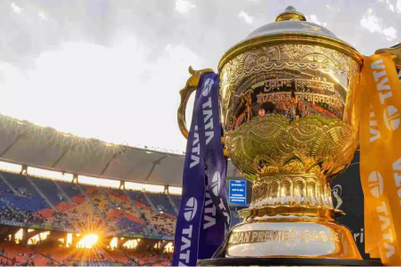
Aim
In 2009, the alcohol industry in Thailand took a double hit when the government imposed restrictive advertising guidelines to the marketing of alcoholic beverages and stepped up on anti-drinking campaigns to reduce alcohol consumption. Matters were made even worse by the weakened economy, which lowered consumption of premium brands like Heineken. The brand needed to increase consumption and strengthen its innovative premium image. The key challenge was to achieve this under the restricted conditions.
Execution
The idea for a Heineken-branded 'Stadium of dreams', based on the brand's sponsorship of the UEFA Champions League, was born. The stadium would begin as a virtual instalment online, but would later be built in the real world as a venue for the screening of the final. Working with Leo Burnett, Heineken launched special edition UEFA cans to announce the initiative. While direct advertising for beer brands was not permitted, a range of print, outdoor and banner ads featuring Heineken's distinctive red star motif helped drive traffic to a designated microsite. Visitors to the site were invited to place a virtual can with their name on it in a desired location to become one of many that would serve to build the virtual stadium. The virtual stadium was brought to life at an event that hosted live broadcasts of the championship games. Each virtual can was placed in the same position, with the participant's name, in the real stadium. At the final, the score was engraved onto the cans.
Results
The campaign saw 332,654 cans placed on the virtual stadium microsite and brought thousands of people together to watch each round of the weekly live matches leading up to the final on 27 May. Heineken consumption in the market increased by 36 per cent and the initiative generated close to US$1 million worth of media coverage.
This article was originally published as part of the 2010 Top 1000 Brands report.


.jpg&h=334&w=500&q=100&v=20250320&c=1)

.jpg&h=334&w=500&q=100&v=20250320&c=1)

+(1).jpg&h=334&w=500&q=100&v=20250320&c=1)

.jpg&h=334&w=500&q=100&v=20250320&c=1)


.jpg&h=334&w=500&q=100&v=20250320&c=1)
.jpg&h=268&w=401&q=100&v=20250320&c=1)

.jpg&h=268&w=401&q=100&v=20250320&c=1)




